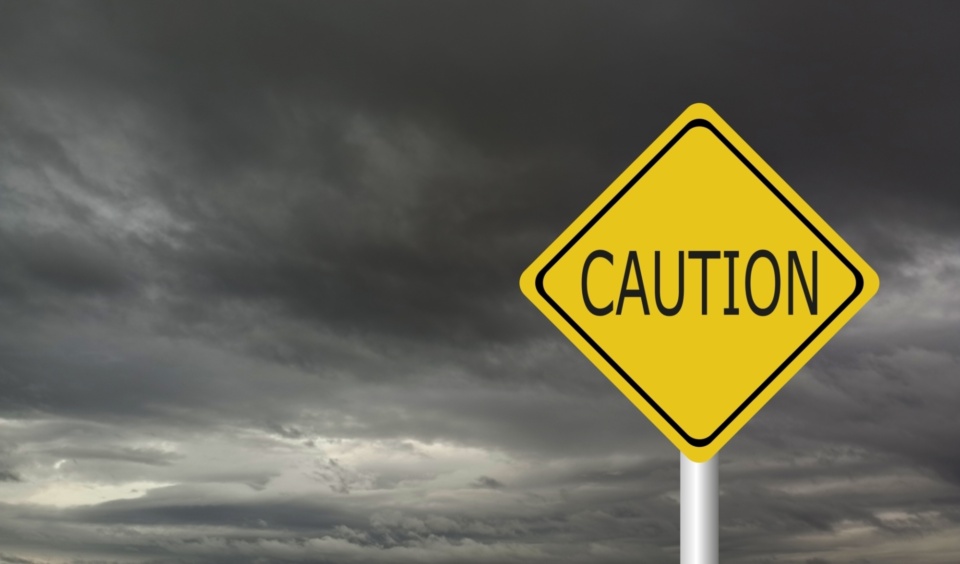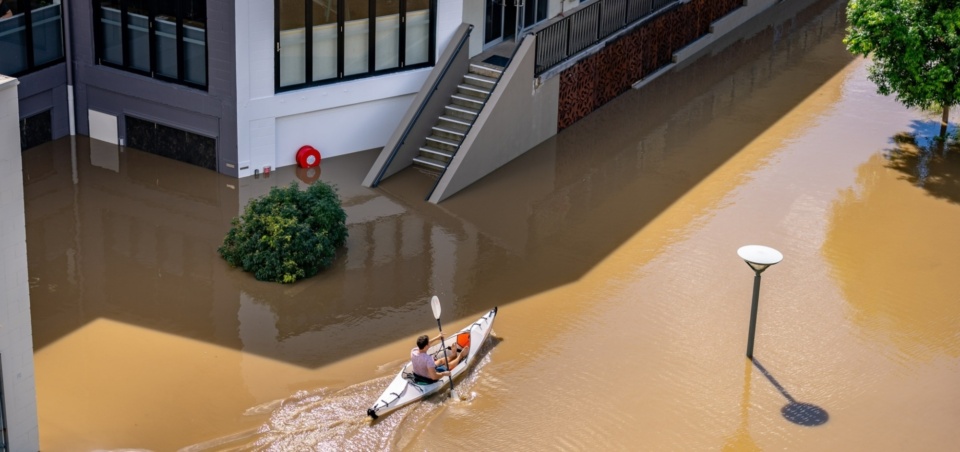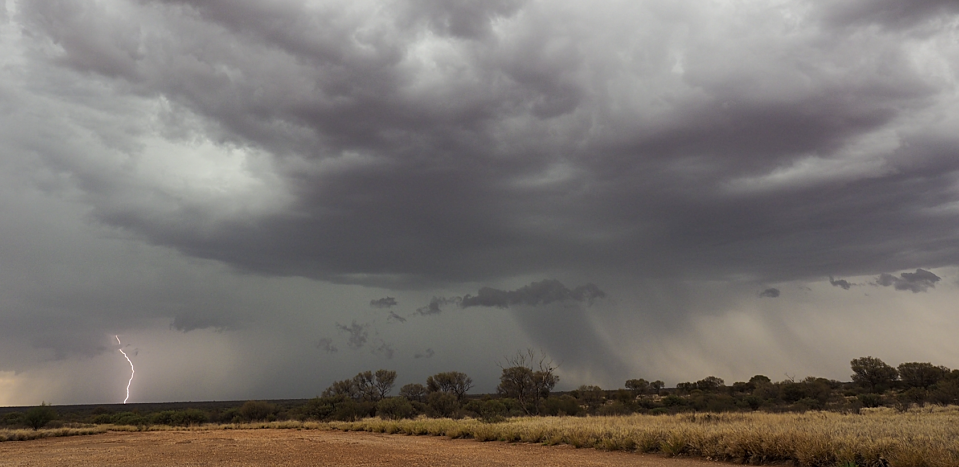
Why not prepare a Pre-Budget submission?
Posted on 26 Nov 2025
Charities and not-for-profits can be outstanding advocates for their cause, their community, their…
Posted on 16 Jul 2024
By Claire Konkes

‘Green lawfare’ is increasingly being used on all sides of the environment debate and it's good for democracy, says Claire Konkes, senior lecturer in media and communication at the University of Tasmania.
In recent weeks, the Menzies Research Centre, a Liberal Party-aligned think tank, has criticised the rise in “environmental lawfare”. National media outlets have duly taken up the mantle.
With an introduction by BHP chief executive David Hughes and case studies that nearly all involve the fossil fuel industry, the Menzies Research Centre's report tries to paint a picture of a “cashed-up” environmental movement. By extension, the report says, the use of the court system by environmental groups threatens democracy.
It attacks private donations, government funding, and charity status of public interest advocacy groups (such as the Environmental Defenders Office, a body Peter Dutton has pledged to defund). But these attacks disguise the David and Goliath battles that occur when environmental groups challenge large industries such as mining and fossil fuels.

Accusations that environmentalists are abusing our legal system, blocking progress and costing the economy are not new, but they are getting louder. In reality, legal cases have long featured in this space because changing law is an important goal of any social change movement.
But it’s not just green groups that are turning to the courts. Large corporations, too, use the law to further their cause. Far from threatening democracy, this is democracy in action.
“Green lawfare” refers to the various ways individuals and organisations use legal action to achieve their goals, which might include stopping a new mine or changing government climate policy.
I’ve extensively researched the concept for my book. In it, I explore how activists, corporations and government have all turned to the courts to prosecute environmental cases. Notably, these strategies also involve communication strategies aimed at getting, or avoiding, media attention.
The battle to save Tasmania’s Franklin River blockade in the southern summer of 1982–83 is a great example. News and other media shared images of protest, arrests and jail time to the world as symbols of defiance. The battle was ultimately won in the High Court.
It is not a question of whether individuals and public interest groups should be able to use the courts. Instead, the current debate focuses our attention on the importance of access to the courts in any healthy democracy.
In contrast, the current attacks on justice systems, including personal attacks on judges, prosecutors, and lawyers and stopping participatory governance, have become a hallmark of the swing to authoritarian and far-right governments.

"Green lawfare is on the rise because our knowledge and understanding of our environment, and what needs to be done to fix the mess we are in, tells us we need to change."
These legal cases provide a window into the relationship between democracy and powerful economic interests. They also bind the legal system to environmental politics, which has long been fought out in the media.
For decades, the global environmental movement has campaigned, protested and appealed to governments to mend the divide between human activity and the natural world on which we all depend.
These are exercises in democracy. Public participation and protest, alongside scientific and economic expertise, has created a large body of environmental law. This has then spurred on the creation of the institutions that manage these laws, such as environmental departments.
In Australia, our environmental laws continue to evolve because Australians overwhelmingly want them to be stronger. The government is at least trying to heed that call, albeit not as urgently as many would like. It currently has an environmental protection bill before parliament.
Legislation inevitably sometimes lands parties in court. All stakeholders have – and should have – access to our legal system to ensure these laws are not ignored, broken or bent.
What often goes unmentioned is the full extent of green lawfare in Australia by industry, which includes the rise in strategic litigation against public participation. This means environmentalists can be subject to expensive lawsuits designed to intimidate or silence their opposition.
Climate activists are already being targeted this way. Ben Pennings is being sued for millions of dollars by Gautam Adani, chairman of multinational conglomerate Adani.
Adani has little chance of recovering the $17 million he wants. But the legal harassment may be more the point. Adani has hired private investigators to photograph Pennings and his family and asked the courts to force him to hand over his electronic devices.
It’s not just individuals being sued this way, but governments. The fossil fuel industry leads the world in investor-state arbitration claims, which allow offshore companies to sue governments for millions, and often billions, of dollars. These claims have become a major obstacle to global climate action.
Science has clearly told us that carbon emissions, pollution and biodiversity loss caused by human activity are threatening global wellbeing. We only need to turn to the news to see the human suffering caused by dangerous heatwaves, polluted waterways and spoiled habitats.
While science is diagnosing the cause of our troubles, addressing environmental problems is a social challenge for local communities and their governments. The courts are increasingly the chosen arena for all sides in the debate.
As a result, we are seeing increasingly novel approaches to what legal systems, especially the courts, are being asked to determine.
Landmark cases, including Sharma vs Minister for the Environment and Pabai Pabai vs Commonwealth of Australia, have asked the courts to determine whether the Australian government has a duty to protect Australians from climate change.
Corporations, too, are using novel approaches. For instance, mining giant Santos is currently using the courts to uncover the financial backers behind a case that delayed its $5.4 billion Barossa gas project.
Green lawfare is on the rise because our knowledge and understanding of our environment, and what needs to be done to fix the mess we are in, tells us we need to change.
People are demanding our governments do more to address the problem. Public participation in our democratic processes includes access to our legal system. The turn to the courts is a sign that our legal system is working exactly as it should.

Posted on 26 Nov 2025
Charities and not-for-profits can be outstanding advocates for their cause, their community, their…

Posted on 12 Nov 2025
Managing a charity or not-for-profit in Australia is often more complex than it may appear. On any…

Posted on 29 Oct 2025
One of the most contentious debates across many areas of human services is the for-profit versus…

Posted on 28 Oct 2025
Workers in the not-for-profit sector lift up communities, care for those in crisis and do work that…

Posted on 08 Oct 2025
The cost of climate change's impact on Australian life is increasingly well documented. The…

Posted on 08 Oct 2025
The Wurundjeri Indigenous people who live in and around Melbourne understand their environment as…

Posted on 30 Sep 2025
I am proud of what Our Community, and its exceptional team, have achieved in the past 25 years. As…

Posted on 24 Sep 2025
If a business ran the government, a corporatocracy would likely emerge, prioritising profit over…

Posted on 09 Sep 2025
This has been another big week in the evolving story of tech oligarchs versus Australia, profit…

Posted on 03 Sep 2025
The problem with the NDIS is not autistic families or children, says Annabel Rattigan, a leadership…

Posted on 27 Aug 2025
It used to be that businesses could concentrate on profits, profits and profits, only playing in…

Posted on 26 Aug 2025
There is no Department of Charities in the federal government, no red book, no blue book for an…